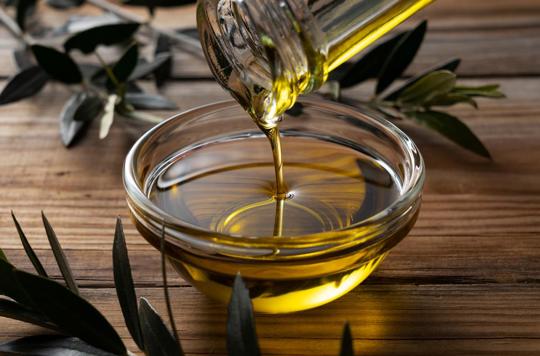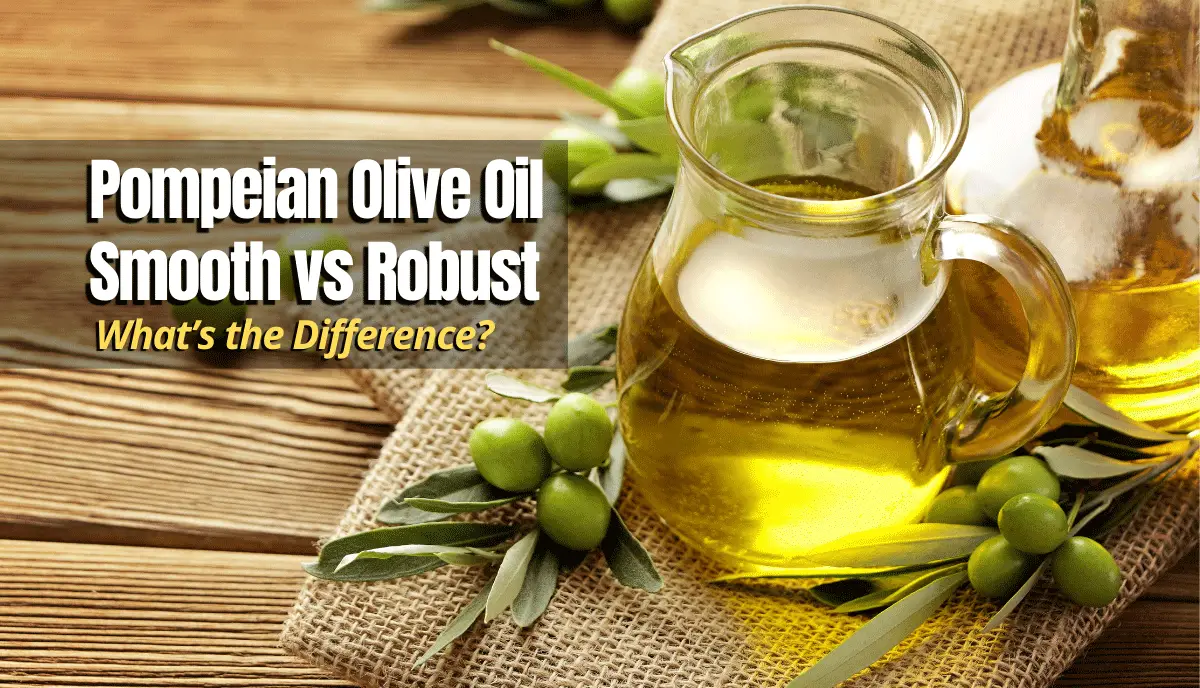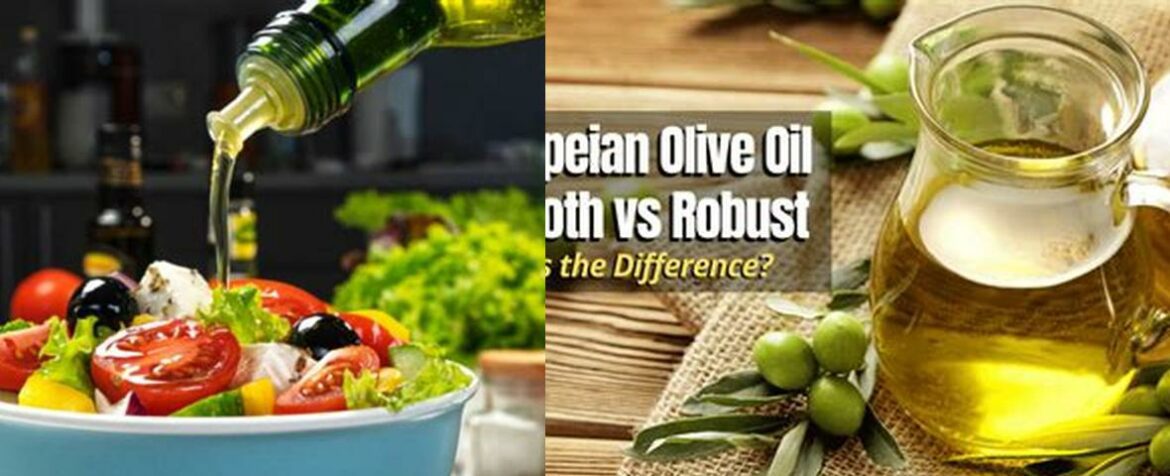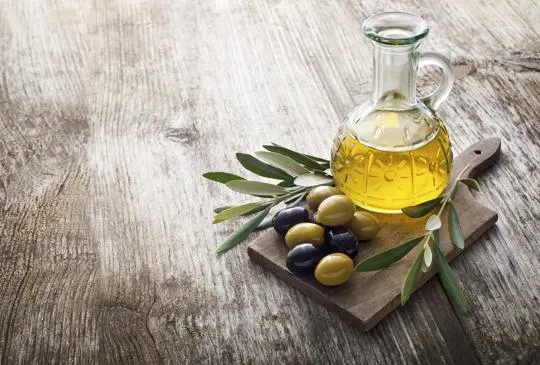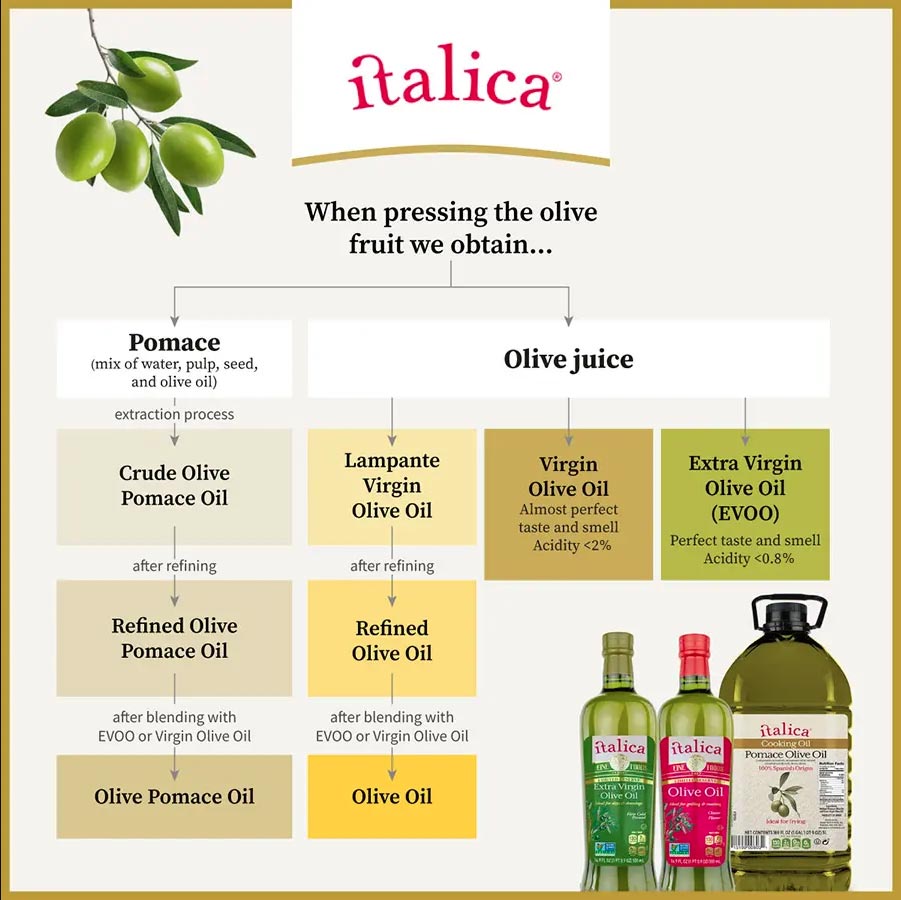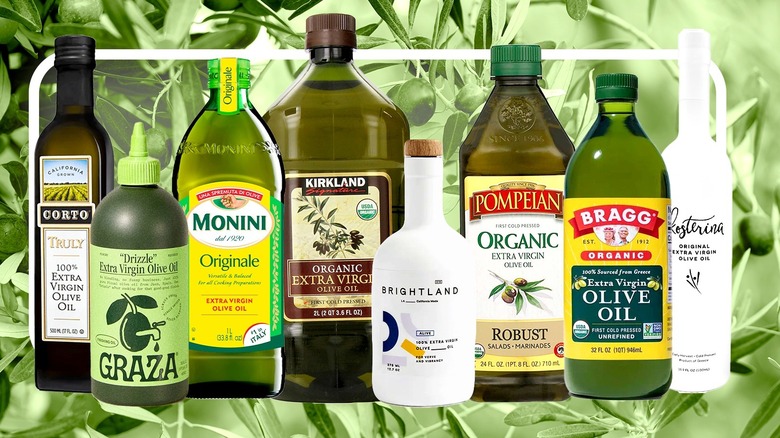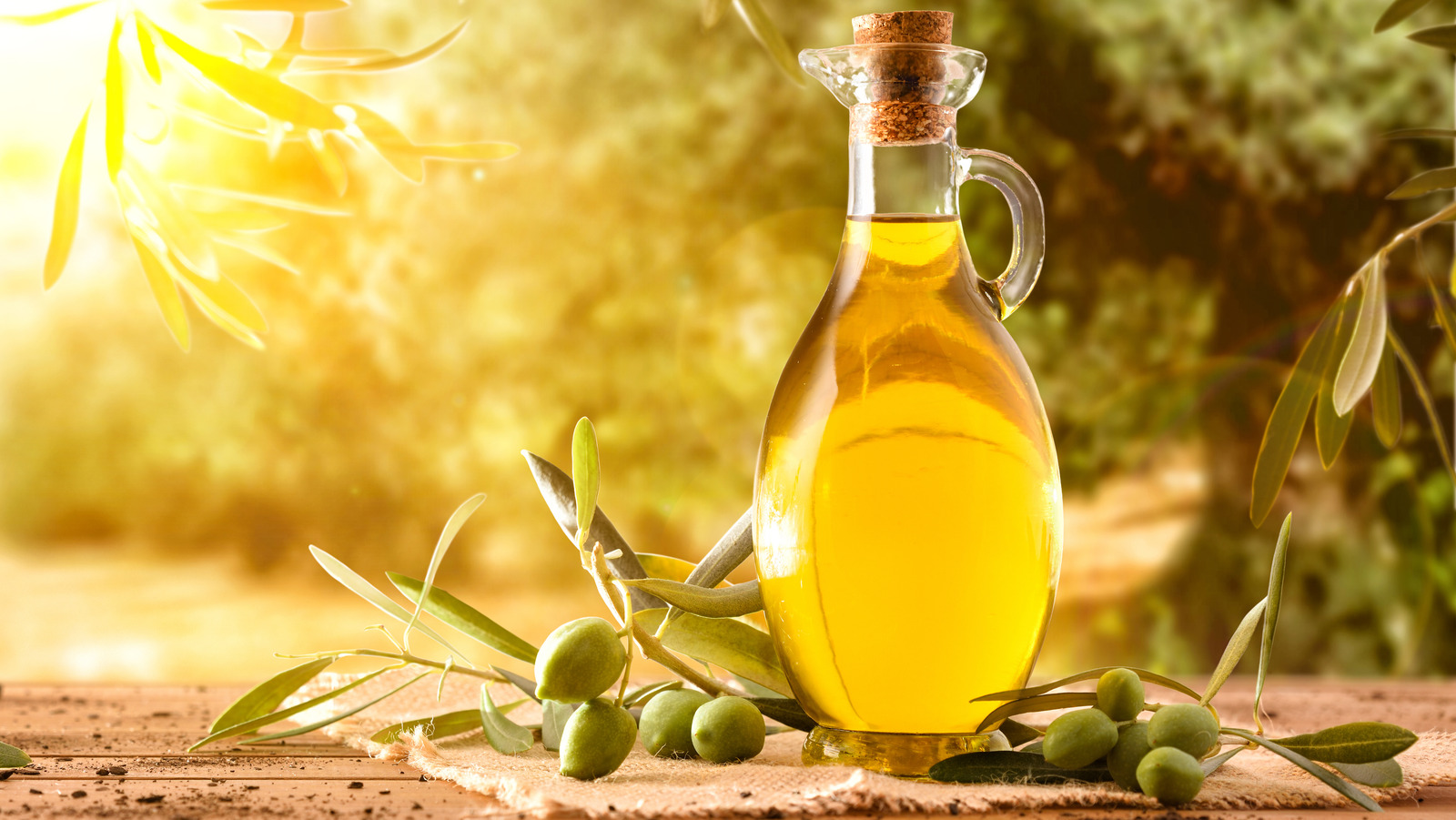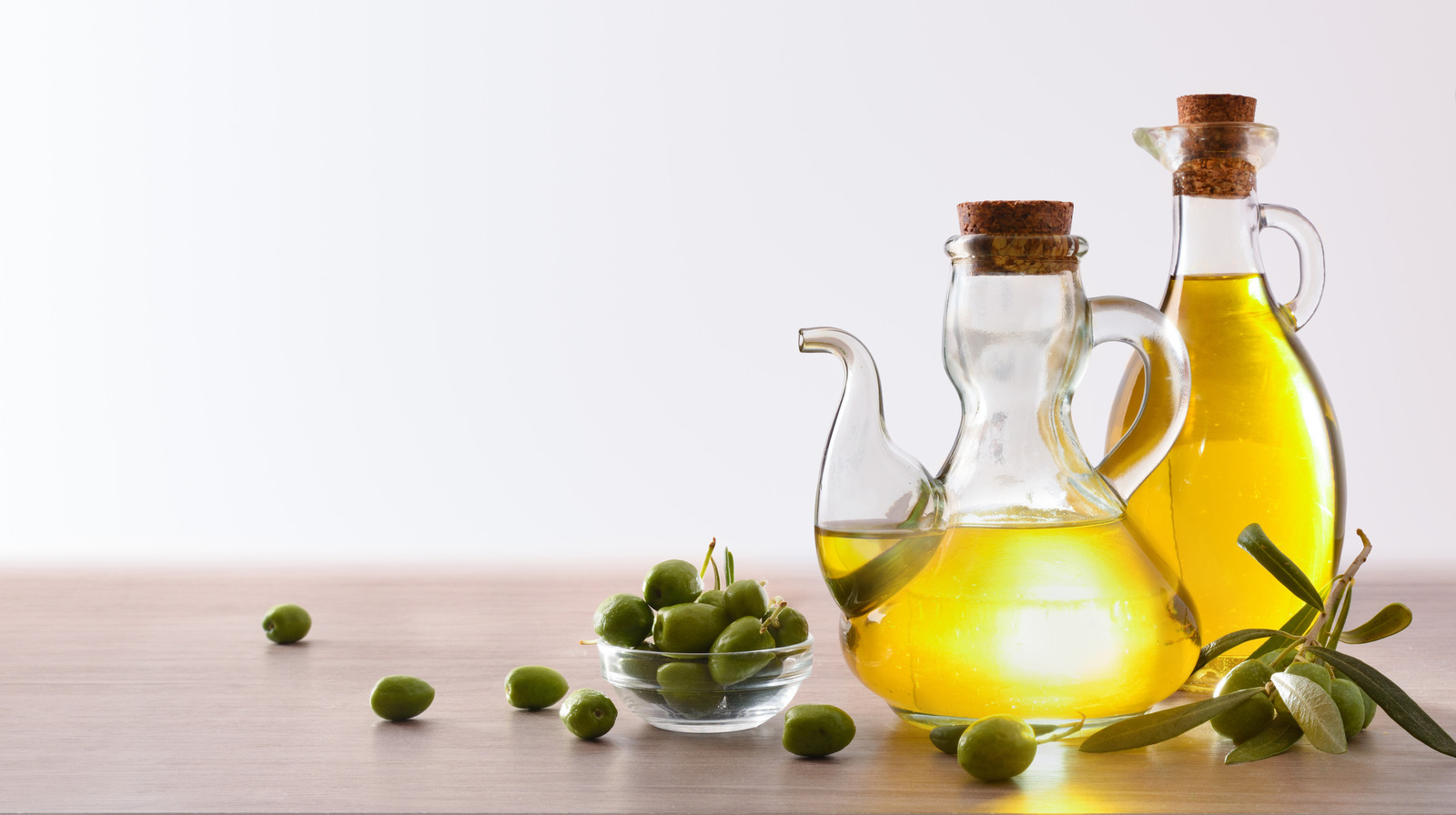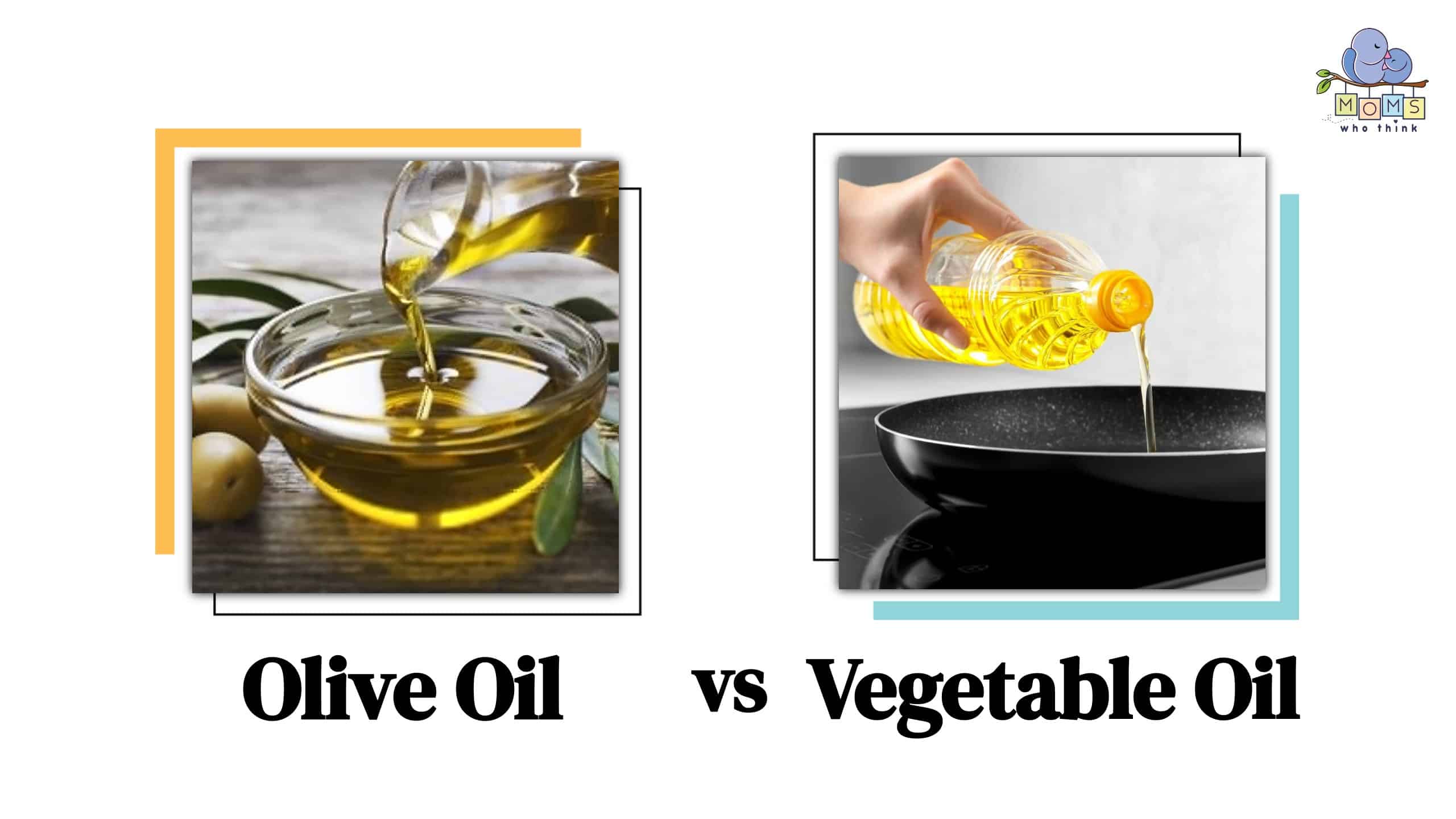Difference Between Robust And Smooth Olive Oil

Imagine yourself standing in a sun-drenched olive grove in Tuscany, the air thick with the scent of ripening fruit and the gentle hum of bees. Before you, two bowls sit side-by-side, each holding a different hue of liquid gold. One is a vibrant, grassy green, promising a peppery bite, the other a softer, more buttery yellow, hinting at mellow flavors and subtle nuances. These, my friends, are two expressions of the same wonderful fruit: robust and smooth olive oils, each with its own personality and culinary destiny.
Understanding the difference between robust and smooth olive oils unlocks a new dimension in your cooking. This knowledge allows you to thoughtfully select the perfect oil to elevate your dishes, pairing bold flavors with equally assertive oils and delicate ingredients with a gentler touch.
Decoding Olive Oil's Personality
Olive oil isn't just a cooking ingredient; it's a complex tapestry of flavors, aromas, and textures. The perceived intensity, or robustness, of an olive oil is influenced by a multitude of factors, from the olive variety and the time of harvest to the milling process and storage conditions.
The Essence of Robust Olive Oil
Robust olive oils are the daredevils of the olive oil world. They pack a punch, boasting intense flavors, often described as peppery, grassy, or even slightly bitter.
These oils typically come from olives harvested earlier in the season, when they are still slightly green. This early harvest yields oils with higher levels of polyphenols, powerful antioxidants responsible for the characteristic bitterness and pungency.
Think of Coratina from Puglia, Italy, or Picual from Spain – varieties known for their bold and assertive profiles. A good robust olive oil will often leave a tingling sensation in the back of your throat, a sign of its high polyphenol content.
The Grace of Smooth Olive Oil
Smooth olive oils, on the other hand, are the epitome of elegance and subtlety. They offer a more delicate and mellow flavor profile, often described as buttery, fruity, or nutty.
These oils are usually made from olives harvested later in the season, when they have fully ripened and developed a sweeter, more mellow flavor. The milling process may also be adjusted to minimize bitterness and maximize smoothness.
Varieties like Arbequina from Spain or Frantoio from Tuscany are often associated with smooth olive oils, though the region and specific growing conditions can also play a significant role.
Factors Shaping Flavor: A Deeper Dive
The journey from olive to oil is a delicate dance between nature and human intervention. Several key factors influence the final flavor profile of the olive oil, determining whether it will be bold and robust or smooth and gentle.
Olive Variety: The Genetic Blueprint
Just like wine grapes, different olive varieties possess unique flavor characteristics. Some varieties, like Coratina and Picual, are inherently more robust, while others, like Arbequina and Frantoio, tend to produce smoother oils.
The genetic makeup of the olive dictates the levels of certain compounds, such as polyphenols, which contribute to the oil's overall flavor intensity.
Harvest Time: The Moment of Ripeness
The timing of the harvest is crucial in determining the flavor profile of the olive oil. Early harvest olives yield oils with higher polyphenol content, resulting in a more robust and peppery flavor.
Late harvest olives, on the other hand, produce oils that are smoother and more mellow, with a sweeter, fruitier taste.
Milling and Extraction: The Art of Transformation
The milling process, which involves crushing the olives and extracting the oil, also plays a role in shaping the final flavor. Techniques like cold extraction, which preserves the natural flavors and aromas of the olive, are often used to produce high-quality olive oils.
Some producers may also adjust the milling process to minimize bitterness and maximize smoothness, depending on the desired flavor profile.
Culinary Applications: Pairing Flavors with Purpose
Understanding the difference between robust and smooth olive oils opens up a world of culinary possibilities. The key is to pair the right oil with the right dish, creating a harmonious balance of flavors.
When to Embrace the Boldness of Robust Oil
Robust olive oils are ideal for dishes that can stand up to their intense flavors. They are perfect for drizzling over grilled meats, roasted vegetables, and hearty salads.
Consider using a robust olive oil to add a peppery kick to a simple tomato sauce or to create a flavorful marinade for grilled chicken or fish. Their boldness also makes them great for dipping with crusty bread.
"A robust olive oil can elevate a simple dish to something truly special," says Chef Isabella Rossi, a renowned Italian culinary expert. "It's like adding a touch of sunshine and vitality to your cooking."
When to Seek the Subtlety of Smooth Oil
Smooth olive oils are best suited for delicate dishes where you want the oil to complement, rather than overpower, the other flavors. They are perfect for dressing salads with mild greens, drizzling over steamed vegetables, or using in baking.
Try using a smooth olive oil to make a light and flavorful vinaigrette or to sauté delicate fish or seafood. Their mildness makes them also suitable for baking cakes and other desserts, adding a subtle richness and moisture.
Beyond Taste: Health Benefits and Quality
Olive oil is not only a culinary delight but also a nutritional powerhouse. Both robust and smooth olive oils offer numerous health benefits, thanks to their high content of monounsaturated fats and antioxidants.
The Power of Polyphenols
The polyphenols found in olive oil, particularly in robust varieties, have been linked to a reduced risk of heart disease, cancer, and other chronic diseases. These antioxidants help protect the body against damage from free radicals.
Robust oils, with their higher polyphenol content, offer a more concentrated dose of these health-promoting compounds.
Choosing Quality: A Matter of Trust
When selecting olive oil, it's important to choose a high-quality product from a reputable producer. Look for oils that are labeled "extra virgin," which indicates that they are made from the first pressing of the olives and have a low acidity level.
Pay attention to the harvest date and storage conditions, as olive oil can degrade over time if not stored properly. Opt for dark glass bottles, which help protect the oil from light, and store it in a cool, dark place.
The Olive Oil Journey: A Continual Exploration
Exploring the world of olive oil is a journey of continuous discovery. There are countless varieties, regions, and producers to explore, each with its own unique story to tell. By understanding the difference between robust and smooth olive oils, you can unlock a new level of appreciation for this liquid gold and elevate your cooking to new heights.
So, the next time you find yourself standing before those two bowls of olive oil, remember the sun-drenched groves, the dedicated producers, and the rich tapestry of flavors that await you. Embrace the journey, experiment with different pairings, and discover your own personal preferences. The world of olive oil is waiting to be explored, one delicious drop at a time.
